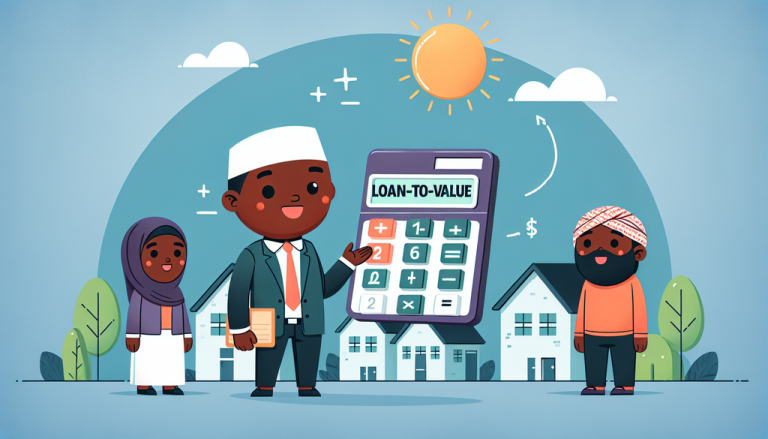Navigating the mortgage landscape can feel like solving a complex puzzle, and one piece that often stumps homebuyers is the Loan-to-Value (LTV) ratio. This critical metric isn’t just another financial calculation—it’s the key that could unlock or block your dream home.
Understanding LTV: More Than Just Numbers
The Loan-to-Value ratio represents the relationship between your potential mortgage amount and the appraised value of the property. Simply put, it measures how much you’re borrowing compared to the home’s total worth. Lenders use this percentage as a risk assessment tool, determining your borrowing eligibility and potential interest rates.
Breaking Down the LTV Calculation
| Calculation | Formula | Example |
|---|---|---|
| Basic LTV | (Loan Amount / Property Value) × 100 | $180,000 / $200,000 = 90% LTV |
Why Lenders Care About LTV
For mortgage professionals, LTV represents potential risk. A higher LTV suggests you’re borrowing more relative to the property’s value, which translates to increased financial risk for the lender. Most conventional lenders prefer LTV ratios at or below 80%, offering more favorable terms for borrowers who meet this threshold.
LTV Impact Zones
- Below 80% LTV: Ideal zone with best rates and lowest private mortgage insurance (PMI) requirements
- 80-90% LTV: Moderate risk, potential PMI requirements
- 90-97% LTV: Higher risk, higher interest rates, mandatory PMI
Real-World Strategies to Optimize Your LTV
Smart homebuyers can strategically manage their LTV ratio. Consider these practical approaches:
- Save for a larger down payment
- Choose properties with stable or appreciating values
- Improve credit scores to offset higher LTV risks
Insider Tip: The PMI Factor
Private Mortgage Insurance becomes mandatory for LTV ratios above 80%. This additional cost can significantly impact your monthly expenses. By understanding and strategically managing your LTV, you can potentially save thousands over your mortgage’s lifetime.
Industry Data: LTV Trends
According to recent mortgage industry reports, the average successful conventional mortgage maintains an LTV around 75-80%. First-time homebuyers often start closer to 90-95% LTV, reflecting the challenges of initial home acquisition.
“Your LTV isn’t just a number—it’s a financial narrative that tells lenders about your borrowing reliability.” – Mortgage Industry Insider
Final Thoughts
Understanding LTV transforms you from a passive homebuyer to an informed financial strategist. By comprehending this crucial metric, you’ll navigate mortgage approvals with confidence and potentially secure more favorable lending terms.



